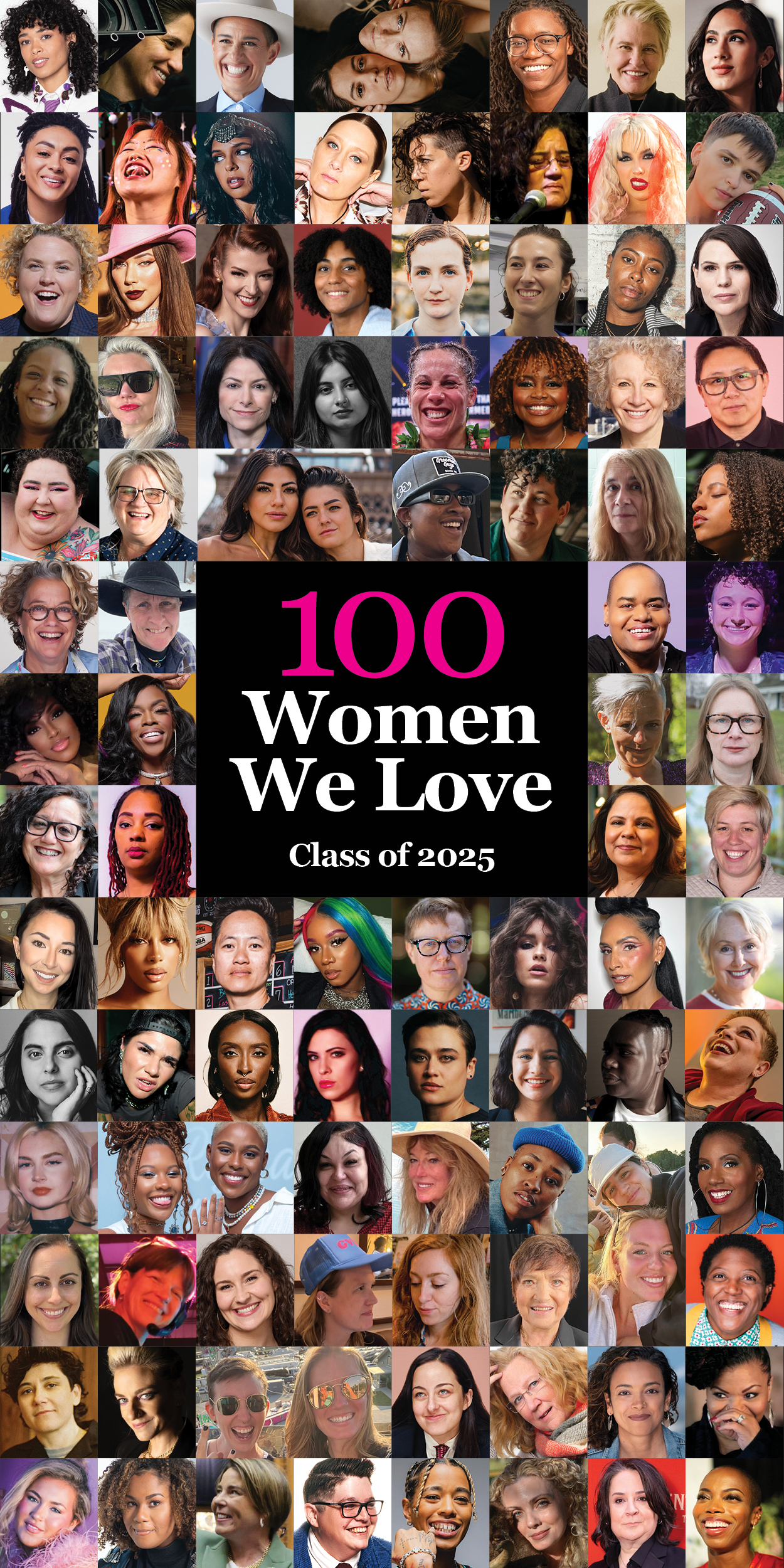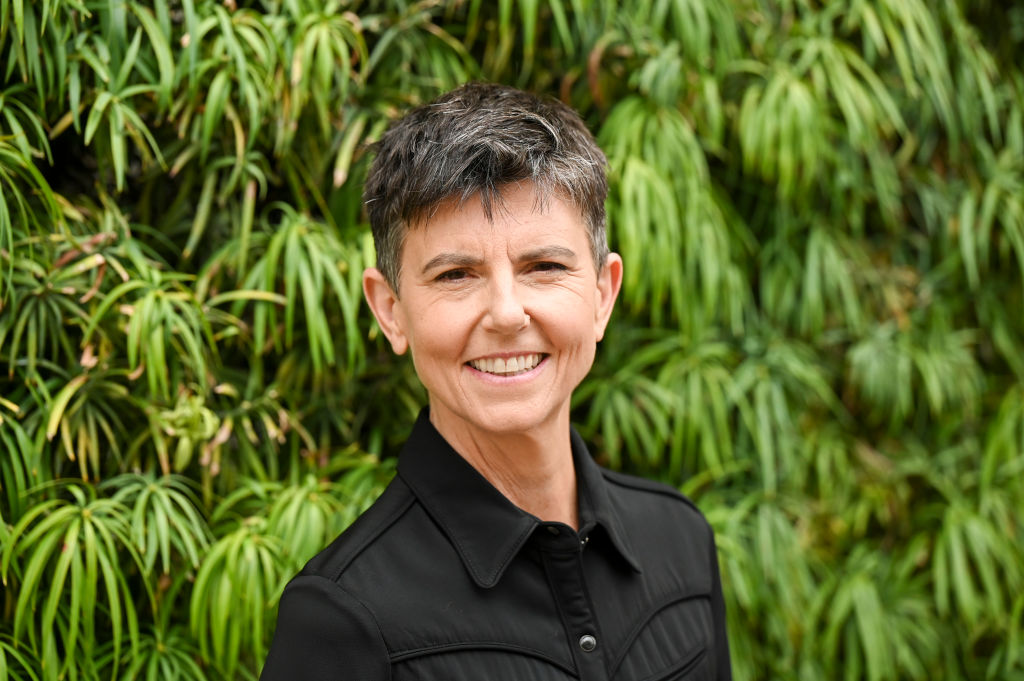Everyone Keeps Talking About ‘Setting Boundaries’ — But What Exactly Does That Mean?

An expert explains what exactly boundaries are and how to set them.
April is Sexual Assault Awareness and Prevention Month. As your resident sex educator, I want to empower you with tools to navigate relationships in a healthy and nourishing way. Every week for the month of April I’ll be writing a piece relating to sexual empowering — to help survivors of sexual trauma navigate their way to sex and relationships that make them feel like their most liberated sexual self.
This week, the topic is delving into how boundaries can help you create more sustainable relationships in your life.

If you’ve read any of my sex ed columns, then you’ve probably seen me mention how important boundaries are in navigating consensual sex. But what exactly are boundaries? They’ve quickly become a buzzword on the internet and within social justice circles. However, rarely is the statement of “how important boundaries are” followed up by a definition of what the hell boundaries actually are and how to set them.
I like to define a boundary as a space held between all parties involved that ebbs and flows with respect for everyone’s specific desires, needs and limits.
You can have boundaries for so many different aspects of your life: sexual, emotional, physical, time, material, monetary, spiritual. The list goes on. Your boundaries around these can change and be as fluid as you are. Boundaries are different from rules, instead, they’re like creating a container — a space — to play, move, and explore with each other. This exploration allows you to grow a deeper understanding of your own agency and self-awareness — basically, you get to know you better in the process.
Have you ever found yourself in a relationship where you feel out of control? Or like you don’t have a voice? I used to feel like this in a lot of my friendships where people would lean on me for intense emotional processing of their shit. I felt like I always had to be “on call” for them every time I received a text asking for support. When I started to ask my friends to check-in before these emotional rants, we actually grew to have more vulnerable and honest relationships. I set a personal boundary.
When you feel out of control in a relationship, this is your inner dialogue letting you know that should be tuning into yourself and communicating boundaries with your partners. When you put words to your needs and expectations, you’re giving people a chance to respond and let you know where they can meet you half way. Sometimes, partners or friends might not be able to meet your needs but that’s why it’s all about “give and take.” Meaning, giving what you can to a relationship and making sure you’re getting what you need in return. Boundaries are about finding that delicate balance and creating ways to maintain the balance the people you love.
I like to say that conversation is like the sex act of the soul — and if that’s true, then talking about boundaries is like the moment when you’re taking your clothes off before an intimate f*ck with someone for the first time.
Why boundaries?
Without boundaries, it’s easy to assume what we think the people around us want from us. I think back to my teen years and when I started navigating sexual relationships for the first time — I mastered the art of becoming whatever it was I thought my partners wanted from me. I didn’t know anything about my own desires, or even that I could have my own pleasurable experiences. And in large part, that’s because I didn’t know what my boundaries were.
Boundaries give you the ability to contribute not only to your own well-being but also to those around you. When you become more comfortable with knowing your needs and limits, it will naturally prompt more direct and honest communication in your relationships — which opens space for vulnerability and love. When it comes to sex, boundaries help you navigate desires in a consensual way, knowing that you deserve to have yours respected and so do your partners.
When I started to get in touch with my sexual boundaries, I was able to tell my partners how I wanted to be f*cked instead of just going along with what they wanted. Communicating about my boundaries has opened me up to having more pleasurable sex but also more consensual sex. Because everyone involved knows what all parties want from the sexual situation. We can verbally check in with each other to make sure we’re still good and what was a “yes” at the beginning is still a “yes.”
Re-understanding “no.”
In our society, we’re often taught that rejection is scary and intimidating and that it’s a reflection of our own self-worth. The truth is, someone saying “no” is all about that person setting their own boundary in the moment– not about the “rejected” person.
Imagine you’re in bed and you ask your partner if they want to have anal and they say “no.” Know that isn’t so much about them rejecting you, as it is them setting their boundary about anal sex. Re-understanding “no” on these terms will allow you to move on from that rejection without selfishly making their boundary about your own hurt feelings.
Barriers to boundaries.
With relationships come not only needs and desires, but also a slew of expectations. People have expectations of how we’ll act, talk, dress, f*ck, etc. It’s never-ending. And most of these expectations come from our society filled with gender norms — yes, even in the queer community. These expectations usually become barriers to enforcing and communicating about our boundaries.
For me, the expectation to be submissive in bed as a femme has plagued me since I came out. And sometimes I felt pressured to follow through with this expectation from my own toxic inner dialogue, which can be the hardest to break.
I write all of this to acknowledge that boundaries are hard f*cking work. They take constant check-ins with yourself and your people. Take time to sit down with the intention to talk to yourself or others about where you’re at with how boundaries are being dealt with in your relationships. Sometimes friends of lovers are going to overstep your boundaries — and you’ll have to be strong and remind them.
Discover your boundaries.
Okay, all this talk about what boundaries are and why they’re important — but how in the hell do we figure out what our own boundaries are? Boundary work starts with you and getting to know yourself better. A lot of what holds us back from setting healthy boundaries are unhealthy thought patterns.
The most common one I hear in my work is, “I can never trust anyone again.” And we’ve all been there, after a bad breakup or horrible fight with someone we trusted. But in reality, we all find our way back to trust. It just takes time. Whenever you find yourself thinking that trust is an impossible mountain to climb, reaffirm this thought instead: “I have a right to take the risk to grow in my relationships with others. If I find my rights are being violated or ignored, I can assertively protect myself to ensure I’m not hurt.”
Another familiar feeling is that people often don’t know where to draw a line with others. They feel like they have to be an endless open book for everyone in their life. If you feel like that, write down this affirmation and stick it up on your mirror: “There is a line I have drawn over which I do not allow others to cross. This line ensures me my uniqueness, autonomy and privacy. By this line I let others know: this is who I am and where I begin and you end; this is who you are and where you begin and I end. This line helps us maintain a healthy relationship.”
This practice of tackling unhealthy thought patterns with affirmations that we can love, trust and have a right to be heard will allow for boundaries to naturally fall into place.
Communicate your boundaries.
The hardest part is yet to come — communication. Now that you know what your boundaries are and why they’re so vital to creating more sustainable relationships, you’ve got to tell people what your needs and limits are. My best advice is to listen to your body: stand still in a room where you feel safe, close your eyes and ask your body what it’s embodiment of the words “yes, no, and maybe” are. You might find it’s something as subtle as a sway forward or something as intense as a fist in the air. Practicing these embodiments will help you tune into yourself in moments when you feel your boundaries being pushed.
Not only does your body help indicate what your boundaries feel like on a visceral level, but it also helps you trust and listen to yourself. Building up trust with yourself is vital so that you can feel solid when communicating about your needs and limits.
Ultimately, it’s up to you to find the best ways to communicate to your lovers, partners, friends, and community members exactly what it is you need from your relationships. And to ask them the same in return. I bet you’ll find yourself having stronger bonds, more vulnerable moments, and feeling more trust between all the people you love. Happy boundary setting, babes.
If you want to continue this work, here are a couple of books to check out:
“Boundaries: Where You End And I Begin,” by Anne Katherine
“Unscrewed: Women, Sex, Power, and How to Stop Letting the System Screw Us All,” by Jaclyn Friedman












